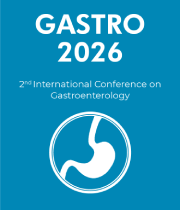Endoscopic Dilation
Endoscopic Dilation is a minimally invasive procedure that is used to treat certain digestive disorders. It involves the use of a flexible tube with a camera and dilator attached to the end. The tube is inserted through the mouth and into the digestive tract, where it is used to widen the walls of a narrowed section or valve, allowing for better digestion. The procedure is generally performed as an outpatient procedure and does not require general anesthesia. Endoscopic Dilation is most commonly used to treat conditions such as strictures, achalasia, and esophageal webs. Strictures are narrowings of the esophagus or other parts of the digestive tract which can cause difficulty swallowing or persistent chest pain. Achalasia is a disorder of the lower esophageal sphincter that prevents food from entering the stomach. Esophageal webs are thin layers of tissue that form in the esophagus and can lead to difficulty swallowing and chest pain. The benefits of Endoscopic Dilation include improved digestion, reduced symptoms, and decreased risk of further complications. During the procedure, the doctor will insert the endoscope and dilator into the esophagus or other part of the digestive tract. The dilator will then gradually expand the walls of the narrowed area, allowing for better digestion. After treatment, patients may experience improved swallowing ability, reduced chest pain or difficulty breathing, and improved quality of life. Endoscopic Dilation is generally safe but there are some possible risks associated with the procedure such as bleeding, perforation of the esophagus or other parts of the digestive tract, or infection. In addition, some patients may experience nausea, vomiting, or abdominal discomfort during or after treatment. Patients should discuss any concerns about potential risks with their doctor prior to beginning Endoscopic Dilation.



